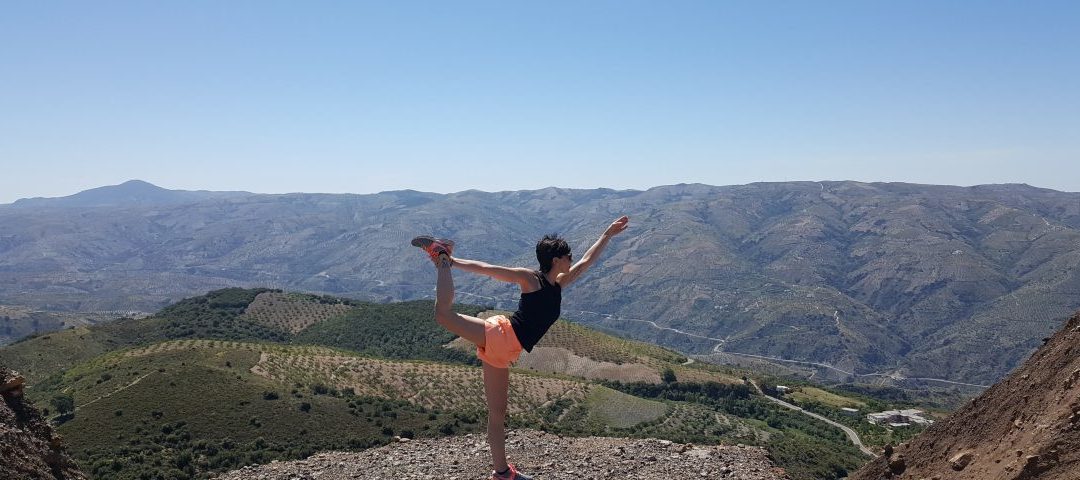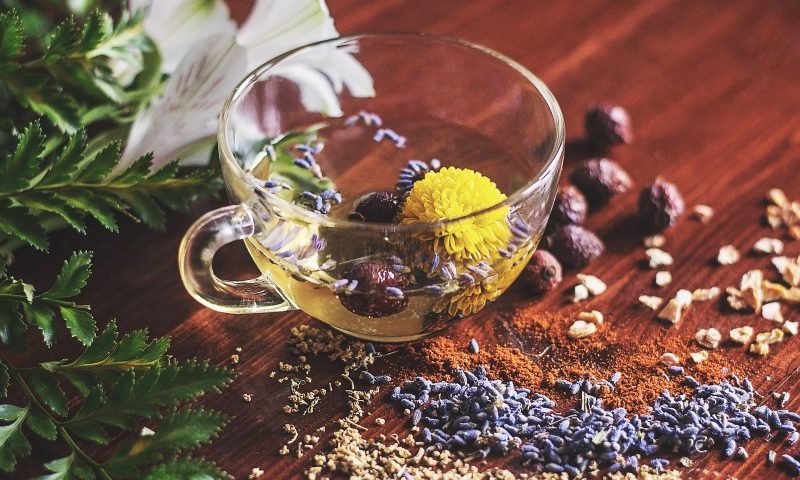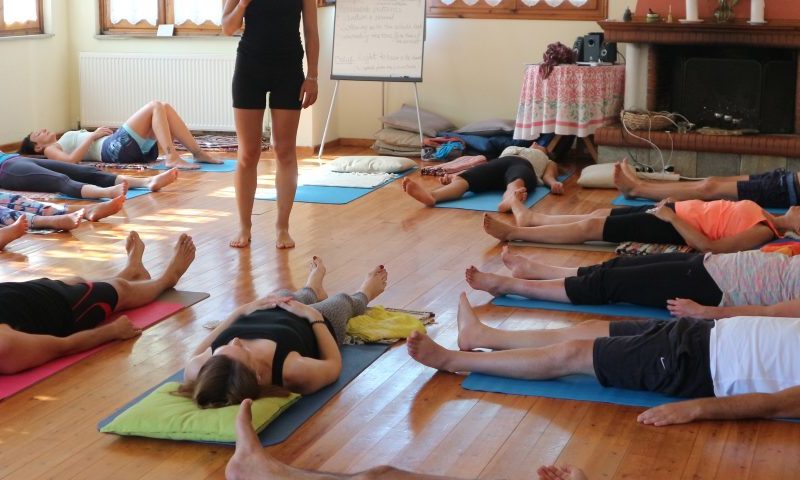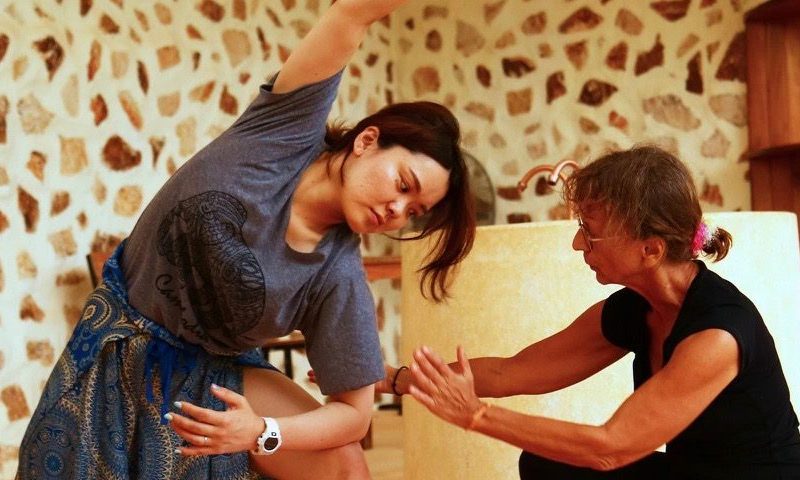Discover how simple pranayama or breathing exercise can release stress and improve your life
1. Understand your mind, are we Mind Full or Mindful?
Mind Full or Mindful? Same words, same spelling, even the same pronunciation with completely different meanings. Imagine your normal day to day life and with absolute honestly ask yourself these questions: “How am I leading my life?”, “Am I enjoying every single moment or am I stressing out about everything?”.
It might not always be the same case, most of the time we jump from one state to another and it is good to realize when this happens as it will help to train our mind to act and react in the less stressful way possible.
Mind Full is when the brain is quickly bombarded with new information, this triggers nerve-racking emotions like anxiety, uncertainty, nervousness. On the opposite, Mindful is when the body, mind, and breath are totally absorbed at the moment, being present right here and now taking one step at a time, without engaging in all the chatters that the brain likes to create. This state leads to a sense of peacefulness, quietness and completeness.
2. What is pranayama? how is this connected to the brain and the mood?
The mind is a very complex aspect in our existence as it controls the emotions, the moods, the body reactions like tension or relaxations and last, but not least, the breathing pattern that we follow. At the same time the way that we breathe can affect the mind as the two are strictly correlated and this is great news as controlling the mind might be tricky, but controlling the breath is possible and accessible. How do we do that?
In yogic words, pranayama comes into aids as it is described as the regulation of the breath through certain techniques and exercises. There are plenty of Pranayama approaches that have been introduced in the history but, for the purpose of keeping the mindful aspect and releasing stress and anxiety, I would like to introduce you to three of them.
3. Useful relaxing pranayama techniques:
– Full Yogic Breath
When the mind chatters starts to grow and divert our attention we immediately feel emotions like pressure, struggle or trouble rise in us. A good exercise is to instantly identify the process and focus on our breathing, bringing it back to a normal and more relaxed pace. A very useful pranayama technique to keep in consideration at this moment is called “Full Yogic Breath” or “Three-part yogic breathing”.
This exercise consists into being aware of the three stages of the breath: abdominal or diaphragmatic, chest and collarbones or clavicular. With each inhale the diaphragm moves down letting the belly arise, the expansion of the lungs and chest will follow, finishing with the lifting of the collarbones. The opposite occurs with every exhalations.
By being mindful during this pranayama, we are calming the breathing pattern, we soothe the mind and stimulate alveoli in the lungs to capture as much oxygen as possible with every single breath.
– Brahma Mudra
Another great pranayama to keep in consideration to channel inner focus and ease the mind, is called “Brahma Mudra”. The name descends from Brahma, God of creation in Hinduism, represented with four faces.
This breathing exercise allows releasing in the neck and shoulders, strengthen retinas and memory as the eyes will move and follow the breathing pattern which consists of moving the head in four different directions. In this pranayama we count four exhalations and four inhalations where each exhale will require the head and the eyes to move in one direction, first right, second left, third up towards the sky, fourth down towards the chest; while every inhale recalls the head, and the eyes, to come back to the centre.
It is important to make sure that the movement follows the breath and not the opposite as the goal of this breathing exercise is to calm the mind, moving gently the head in synchronization with the breath.
– Sitali/Sitkali Pranayama
If and when the temperature starts to rise, literally and figuratively, you can take in consideration “Sitali/Sitkali pranayama” also called the cooling breath because of the action of drawing fresh air across the tongue and into the mouth. This type of breathing is said to lower the body temperature, calming all body activities and the nervous system, leading to a clearer and more focused mind.
During inhalation, in Sitali pranayama the tongue is rolled longwise creating a straw shape, while in Sitkali the tongue rests behind closed teeth. Air flows in either through the tongue (Sitali) or through the teeth (Sitkali). During exhalation, the mouth is closed and the air is pushed out gently through the nostrils.
4. Extra help and tool into finding your peaceful you.
Pranayama is just one and the easiest way to relax the mind and bring that sense of quietness and serenity, but there are many more effective methods to help your journey to a peaceful you: take time for yourself, go for walks in the nature, take long relaxing baths, read, cook, meditate, listen to guided meditation, practice yoga, or sports in general. Basically, anything that can help you to train your mind to stay in the present moment, being able to deal with distractions, without being distracted.
The goal is not to exclude yourself from life or stressful situation, but to learn how to deal with them, how to find the comfort in the uncomfortable, how to be at ease and focused in this beautiful chaotic life taking in and enjoying every single moment.



